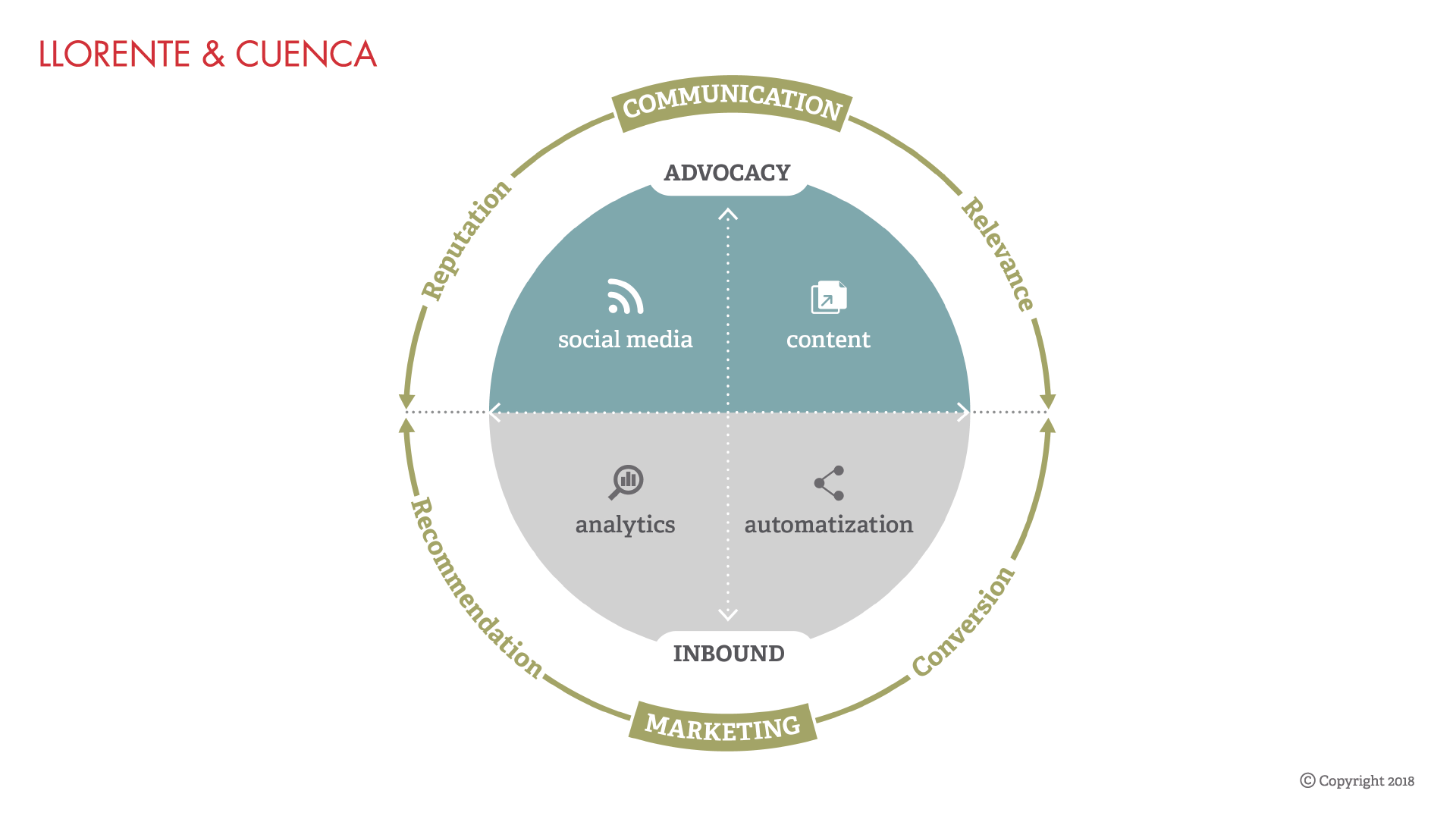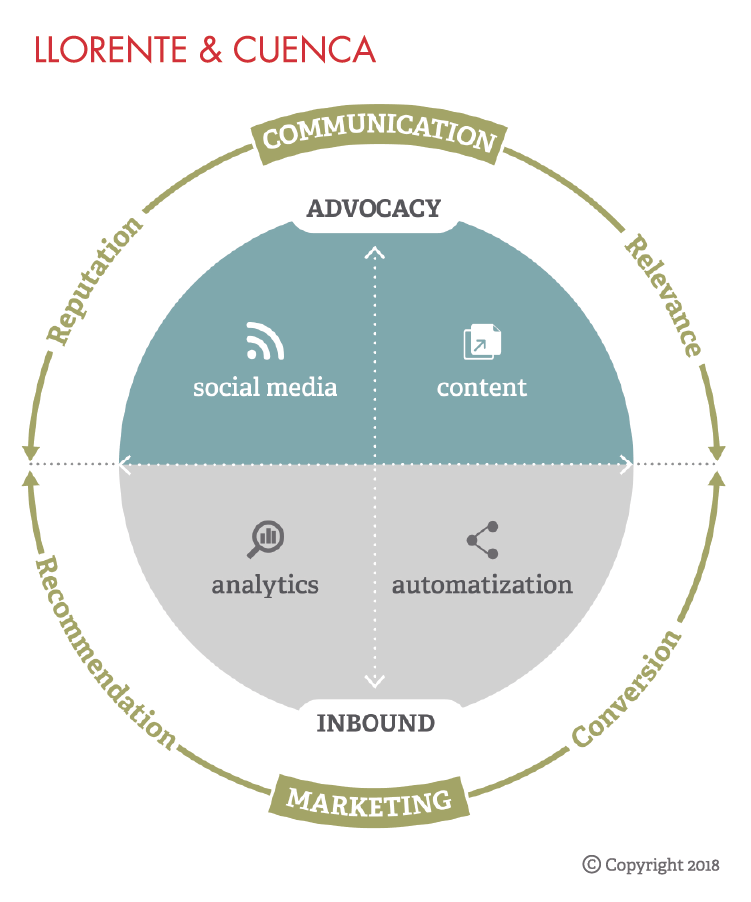An effective combination between Communications and Marketing
Almost 20 years ago, communications and marketing visionaries published the Cluetrain Manifesto. It was 1999, Google had just been founded, Amazon was in its early years and Facebook wasn’t even an idea, but the authors of those 95 theses had already glimpsed the foundation of the digital transformation that continues affecting companies today. It focused on the powerful idea of understanding markets as “conversations” to be conducted “with a human voice.” They believed tomorrow’s communications would undermine traditional hierarchies in an uncontrollable way, connecting person to person directly.
This individual empowerment, granted by technologies with unprecedented influence—such as social media and mobile devices—continues to drive the three trends transforming the economies, cultures and politics of globalized societies: 1) Personalization of public relations; 2) Growing lack of privacy and rise of hyper-transparency; and 3) Saturation of social information channels, also known as “infoxication.”
It is in this context of transformation that we seek multidisciplinary reflection from the fields of Communications and Marketing, aimed at providing us with an integrated management framework for the digital and omnichannel experience companies have with their stakeholders.


The essential components of a digital proposal are shown in this graphic, and the fundamentals of each explained in the downloadable document at the end of this article.
They share the “Onda del Cliente (Customer Wave)” work framework shared by the Association for the Development of the Customer Experience (DEC), the Arthur W. Page Society’s “Building Belief” Communications Model, procedures characteristic of Inbound Marketing and, of course, LLORENTE & CUENCA’s own methodological discourse.
Inbound & Advocacy’s key factors
The graphic shows a confluence between the Communications and Marketing disciplines, derived from the three driving forces behind digital transformation—personalization, hyper-transparency and infoxication:
– As communicatory power moves toward the individual, a common objective is to “convert” users into brand advocates through attraction procedures (inbound) that allow companies to obtain their recommendations among groups and communities of interest.
– To achieve this goal, continuous analytics to examine large data and reliable and ongoing interactions with audiences are required, starting with posting content to digital or digitized contact points—including social media.
– And all this is based on the understanding that the expectations and beliefs shared by people (reputation), with an emphasis on the emotional over rational, determine whether their experiences with the brand are relevant to them, eventually deciding their loyalty and willingness to provide a recommendation.
From these conclusions, we propose an integrated framework to manage interactions with a company’s primary interest groups (employees, customers, shareholders, suppliers and citizens), helping achieve a greater impact on a company’s capital (human, financial, intellectual, social and relational) and turning these stakeholders into defenders, promoters and “advocates” of brand reputation, be it corporate, commercial or personal.
Authors
Marcos González de La-Hoz





